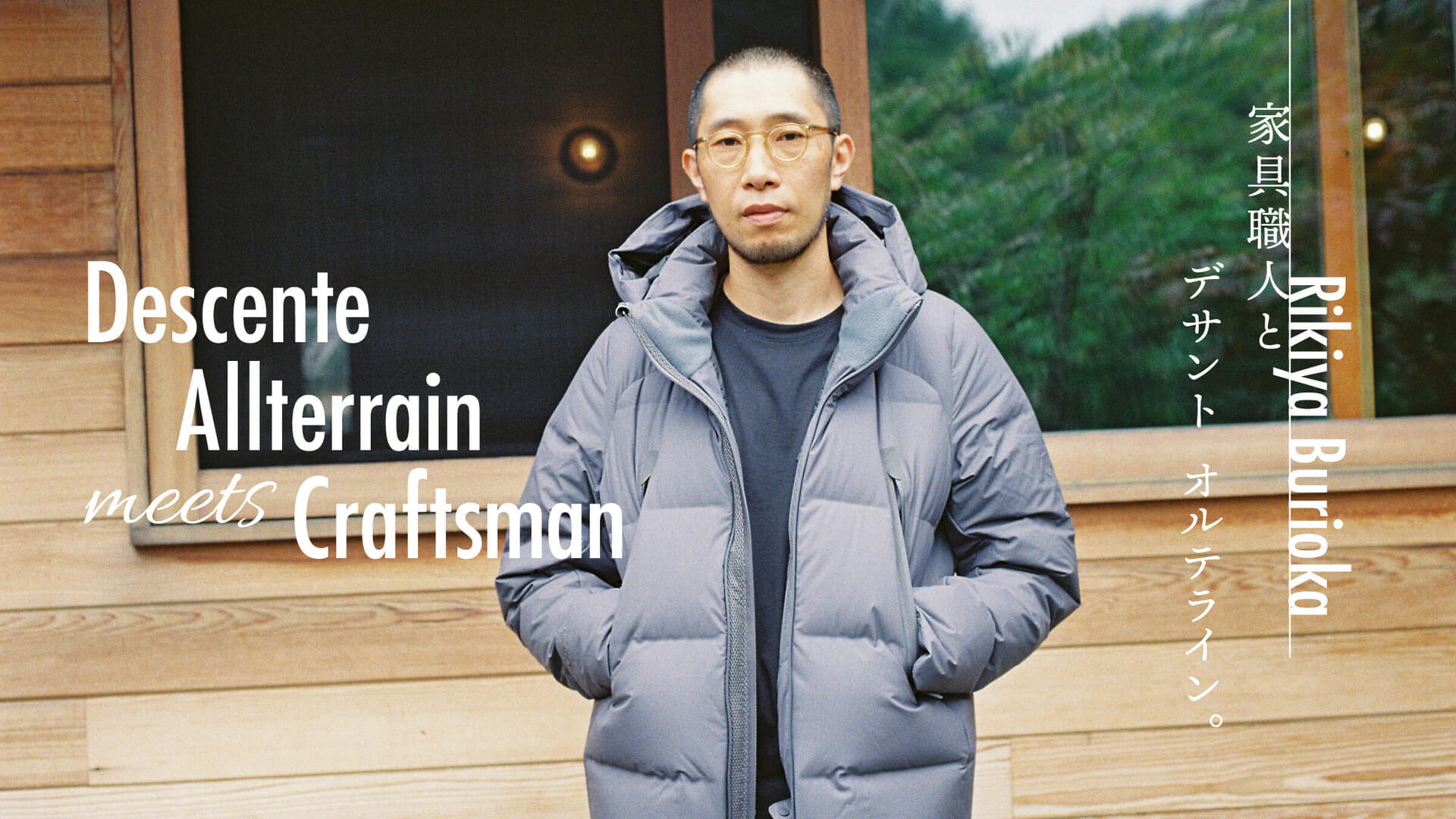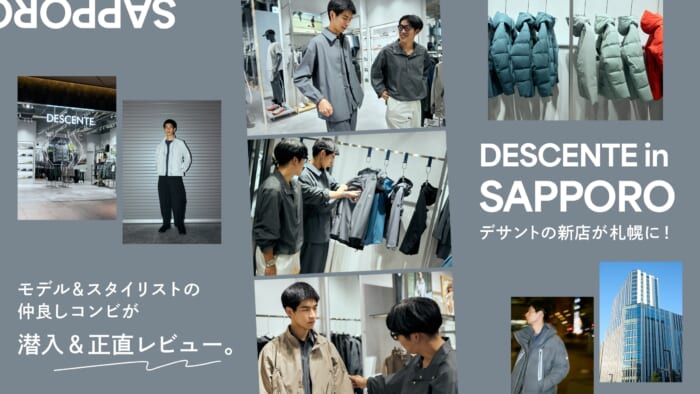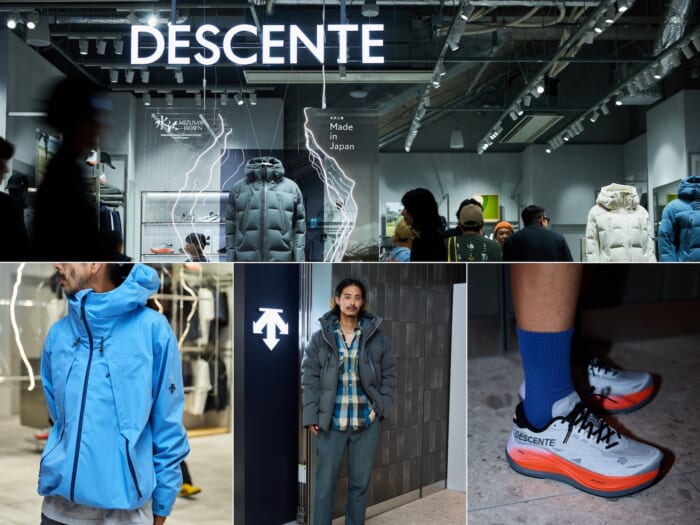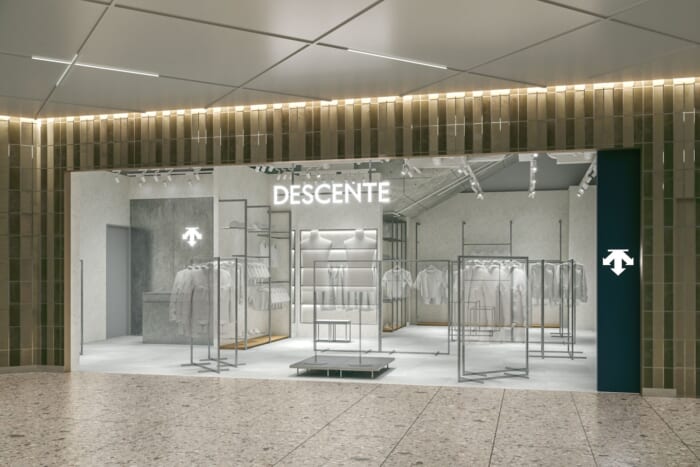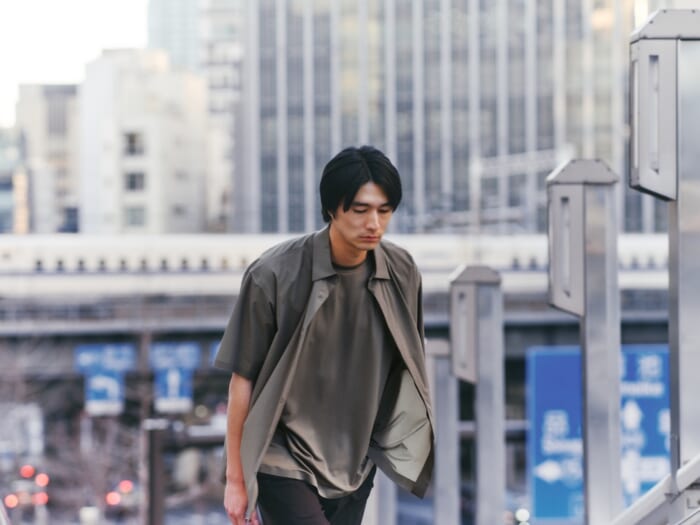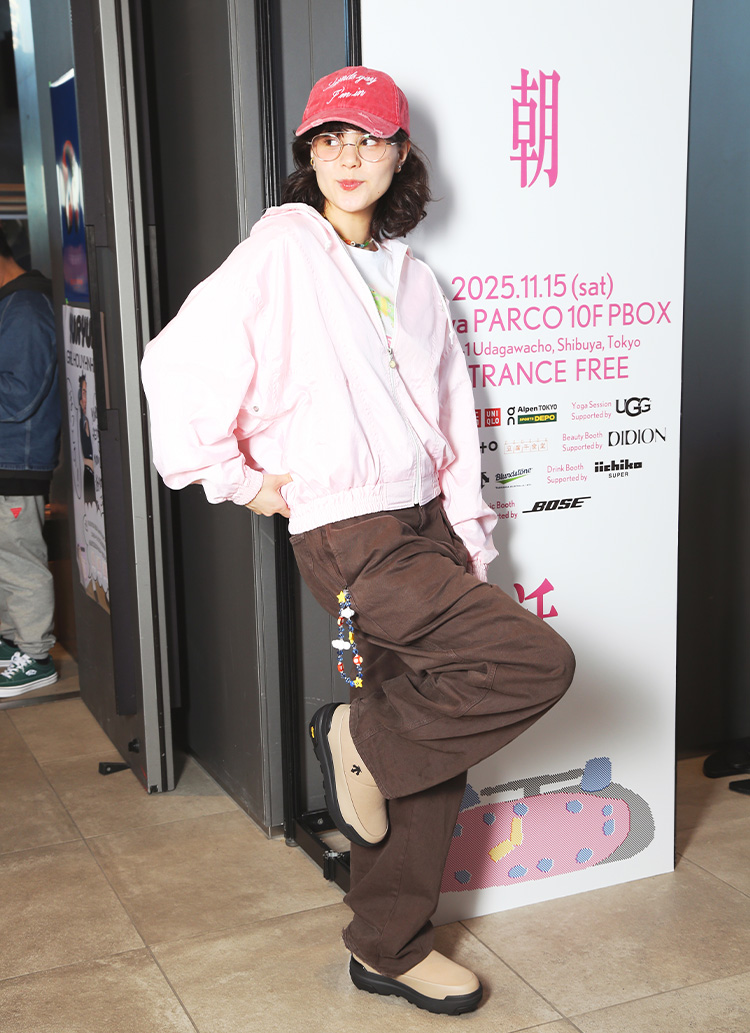PROFILE
Born in Tokyo, Japan in 1976 . After graduating from college, he worked in social work, but then became interested in furniture and interior design work and joined "Gallup," a company that dealt in old lumber and other materials. After gaining experience there, he became independent and established "Mowbray Works," where he works on store interiors and furniture.
Instagram: @mobleyworks
When I think about my originality , I arrive at the culture that influenced me.
What kind of fashion influences have you had, Mr. Yellowtailoka?
Yellowtailoka:I am 45 years old now, and I was strongly influenced by the American casual boom I experienced in junior high school, and when I was in my 30s, there was a time when European interior design was in fashion, and I tried buying and wearing clothes along with that trend, but I didn't really fit in. So my basic style is American casual.
I knew you were wearing Levi's® jeans, right?
Yellowtailoka:. you were wearing them. And then there's Michael Jordan...I remember the Dream Team from the '92 Barcelona Olympics. I think I was in junior high school when the "Air Jordan" was around 5. I used to stand in line to buy them. When I was 24, I joined Gallup, which is run by the same company as Backdrop and Propeller.


It was a typical American casual store in Harajuku and Shibuya at that time. It was what you would call "masculine".
Yellowtailoka:Yes, I really liked that atmosphere and used to go there often. The manager of Gallup was also wearing 501® in a very cool way. Fashion was my first introduction to American casual, and I think it was a good choice for me to join an interior design store that sells style. . I myself prioritize style over technique. I thought, "Wouldn't it be cool if a guy who wears Levi's® made furniture like this? That's how I started.
I feel that your style is still the same.
Yellowtailoka:. Yes, that's right. When I think about my own originality when creating something, I always come back to the culture that I like and that has influenced me. I mentioned earlier that European furniture was popular, and I tried sampling it to make my own pieces, but I felt frustrated because they didn't have a sense of my own identity. That is why I often sample furniture from American manufacturers and culture.


